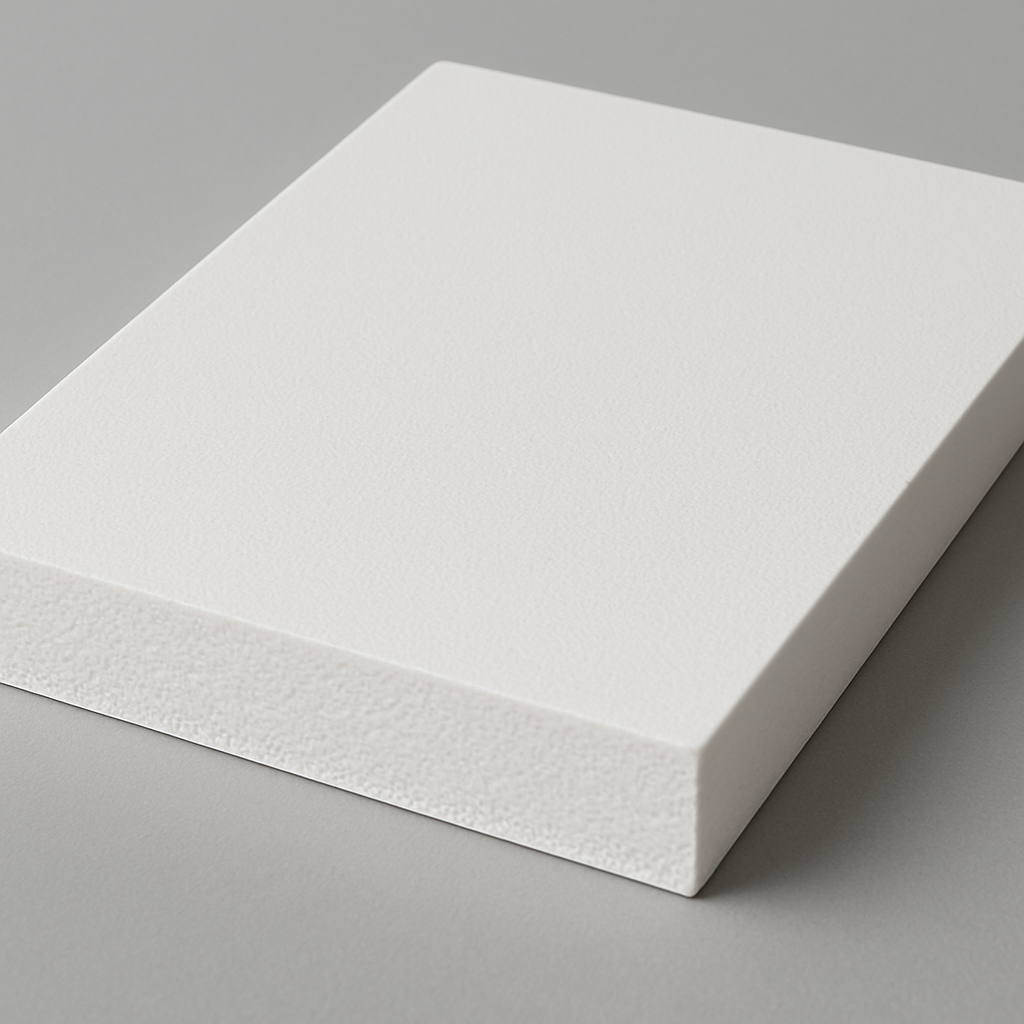
Unlocking the Potential of PVC Foam: Structure, Fire Safety, and Lightweight Properties
Polyvinyl Chloride (PVC) foam is a remarkable engineered material that has revolutionized numerous industries, from construction and signage to marine and transportation. Its unique combination of properties stems from its fundamental closed-cell structure and sophisticated formulation, making it a versatile and high-performance alternative to traditional materials like wood, metal, and solid plastics.
The Foundation: Closed-Cell Structure
The defining characteristic of PVC foam is its closed-cell structure. During the manufacturing process, a blowing agent creates countless tiny, sealed gas pockets (cells) uniformly distributed throughout the PVC polymer matrix. Unlike open-cell foams (like sponges), these cells are completely encapsulated by the PVC walls. This structure is the key to many of PVC foam's prized attributes:
Low Water Absorption:The sealed cells prevent water and moisture ingress, making PVC foam highly resistant to rot, decay, and biological growth. This is crucial for marine applications, outdoor signage, and humid environments.
Excellent Insulation:The trapped gas within the closed cells significantly reduces heat transfer, providing good thermal insulation properties. This is beneficial for building panels and applications requiring thermal barriers.
High Strength-to-Weight Ratio:The structure efficiently distributes loads, allowing the material to achieve impressive mechanical strength (compressive, tensile, flexural) while remaining exceptionally lightweight. This reduces structural load, simplifies handling and installation, and lowers transportation costs.
Dimensional Stability:The closed cells minimize expansion and contraction due to temperature or humidity changes, ensuring parts retain their shape and size reliably.
Inherent Fire Retardancy: A Critical Safety Feature
PVC foam possesses excellent fire retardancy, a non-negotiable requirement in many applications. PVC is inherently chlorine-based, and chlorine acts as a flame inhibitor. High-quality PVC foams are formulated to meet stringent international fire safety standards. Key fire performance aspects include:
Low Flame Spread: PVC foam resists the propagation of flames across its surface.
Limited Smoke Generation:It typically produces less dense smoke compared to many other polymers when exposed to fire.
Self-Extinguishing:When the ignition source is removed, high-quality PVC foam will often self-extinguish.
Low Heat Release:It contributes minimally to the heat load in a fire scenario.
This inherent fire safety makes PVC foam a preferred choice for interior building panels (partitions, cladding), public transport interiors (trains, buses, aircraft), and any application where fire safety is paramount.

The Advantage of Being Lightweight
The lightweight nature of PVC foam, typically ranging from 0.4 to 0.9 g/cm³ (densities vary by grade), is a major driver for its adoption. This property delivers tangible benefits:
Ease of Handling and Fabrication:Workers can easily maneuver large sheets.It cuts, routs, mills, and sands readily using standard woodworking tools.
Reduced Structural Load:In vehicles (cars, RVs, boats, aircraft), using lightweight PVC foam components directly translates to lower fuel consumption, increased payload capacity, and improved performance.
Simplified Installation:Installing large panels (e.g., for signage, cladding, exhibits) is faster and requires less manpower or lighter support structures.
Cost Savings:Lower weight significantly reduces shipping and handling costs throughout the supply chain.
PVC foam's success lies in the powerful synergy created by its closed-cell structure, inherent fire retardancy, and exceptional lightweight properties. This unique combination offers designers and engineers a material solution that delivers durability, safety, ease of use, and performance across a vast spectrum of demanding applications. From the sleek curves of a modern sign to the robust core of a marine hull or the safe interior of a high-speed train, PVC foam continues to unlock innovative design possibilities while meeting critical functional requirements.
PVC foam
Latest News




